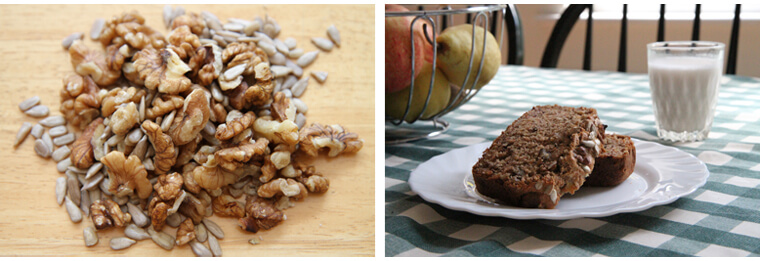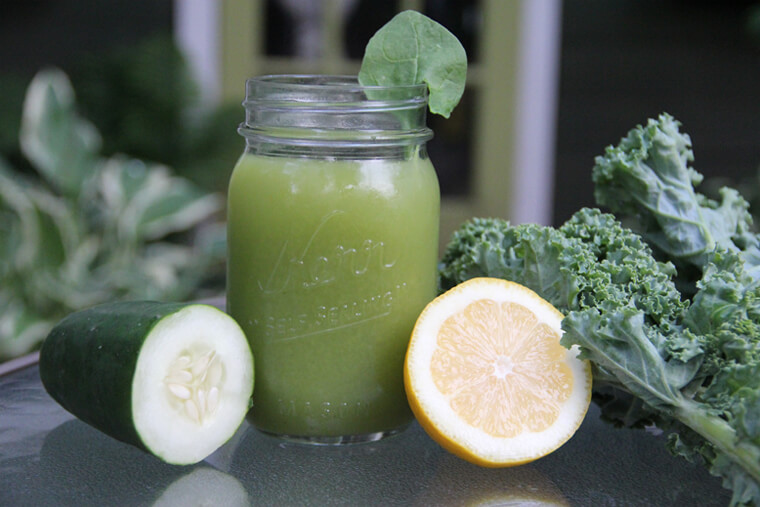Yesterday was one of those lazy and cozy days for us. There is no doubt that cozy for me means yummy food and there is something especially comforting about baking. Maybe it could be the domesticity of it all, or the incredible smell that fills the house, or the satisfaction of slicing into the thick crust of a dense piece of bread. Whatever the reason, this lovely snack was enjoyed with a hot cup of tea while curling up on the couch to watch a film.
This recipe is not too sweet, delectably moist and rich despite it’s whole food ingredients. And of course, its vegan.

Banana Nut Bread
Ingredients:
- ¼ cup milk of your choice (I used homemade almond milk)
- 6 Tbsp. olive oil
- 6 Tbsp. maple syrup
- 1 tsp. pure vanilla extract
- 2 ¼ cups mashed ripe bananas (approximately 5 medium bananas)
- 2 cups spelt flour
- 1 tsp. baking soda
- 1 tsp. baking powder
- ½ tsp. sea salt
- 3/4 cup chopped nuts + seeds (I used walnuts and sunflower seeds)
Directions:
1. Preheat oven to 350°F (175°C)
2. Lightly oil an 8” x 8” cake pan or loaf pan.
3. Put the milk, oil, maple syrup, vanilla, and bananas in a blender and blend until smooth – or mash bananas with fork and stir in wet ingredients.
4. In a large bowl combine dry ingredients. Add banana mixture and combine. Fold in nuts.
5. Pour into pan and smooth the top. Bake for 30 minutes or until a toothpick inserted in the center comes out clean (time varies greatly according to oven.)




